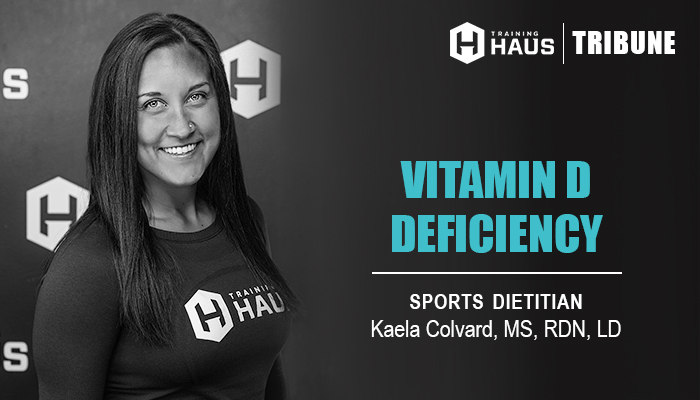
Training HAUS Tribune: Vitamin D Deficiency
It’s one of our bodies most unique and essential nutrients, but many of us in Minnesota and Wisconsin aren’t getting enough of it. In the winter, the sun is not strong enough to activate our skin’s production of vitamin D, leaving us feeling depressed and at-risk of developing serious health issues. Vitamin D, also known as the “sunshine vitamin,” is a key ingredient to supporting overall well-being and helping bones grow and stay strong. That’s why it’s important to know the signs and symptoms of vitamin D deficiency, and what we can do to avoid it during the winter.
What happens when we’re deficient in vitamin D?
Vitamin D is involved in several important functions. First, vitamin D aids in the metabolism and absorption of calcium and phosphorous. When a vitamin D deficiency occurs, our bodies experience a decrease in bone density. As the deficiency progresses and we continue to lose bone density, osteoporosis can occur. In athletes, poor bone mineral density puts them at an increased risk for stress fractures, musculoskeletal pain, decreased strength and frequent illness (Shuler 2012). Vitamin D has also been shown to improve muscle protein synthesis and physical performance, so maintaining vitamin D levels is especially important in athletes!
Besides the sun, how else can we get vitamin D?
There are few dietary sources of vitamin D, especially for people following vegetarian or vegan diets. The greatest amounts of naturally occurring vitamin D are found in fatty fish, like salmon and tuna, and cod liver oil. Smaller amounts are found in beef liver, cheese and egg yolks. There are also very small amounts of vitamin D in mushrooms. With few naturally-occurring dietary sources, most of our dietary vitamin D intake comes from fortified foods, like dairy products, orange juice, breakfast cereals and soy milk. If these foods are not in your regular diet, talk to a Sports Dietitian about a vitamin D supplement.
Concerned about your vitamin D levels?
The easiest way to address this is to have your serum (blood) levels tested. If your levels are low, your doctor may recommend a supplement. If you don’t have a deficiency but are still interested in improving your vitamin D intake, schedule an appointment with our Training HAUS Sports Dietitian. Together, we can analyze your diet and supplement intake and create a plan to improve your vitamin D intake. Meeting with a Sports Dietitian is an excellent way to confirm that you’re making wise and healthful choices to support your overall health and athletic performance.
Of course, we can’t spend all of this time talking about vitamin D without leaving you with a tasty and vitamin D-packed treat! Try this delicious smoothie after your next workout:
Sunshine Smoothie
- 1 frozen banana
- 1 cup of orange juice (check the nutrition label to make sure it’s fortified with vitamin D, as not all brands are)
- ½ cup plain Greek (fortified with vitamin D!)
- 1 scoop vanilla protein powder (make sure it is a third-party certified supplement)
- 1 tsp honey or other sweetener of choice (optional)
Place all ingredients in a blender, blending until all ingredients are combined. For a thicker smoothie, slowly add a few ice cubes at a time until you reach your desired thickness. For a thinner smoothie, you can slowly add water, milk, or a milk alternative until you reach your desired texture.
– Kaela Colvard, MS, RDN, LD | Sports Dietitian
Nutrition information for this recipe
348 Calories, 53 g Carbs, 29 g Protein, 5.4 g Fat, 7.5 mcg Vitamin D (50% of the Daily Recommended Intake!)
Sources
Bartoszewska, M, Kamboj, M, Patel, DR. Vitamin D, muscle function, and exercise performance. Pediatr Clin North Am. 2010;57(3):849-861.
Nair R, Maseeh A. Vitamin D: The “sunshine” vitamin. J Pharmacol Pharmacother. 2012;3(2):118–126. doi:10.4103/0976-500X.95506
Shuler, F. D., Wingate, M. K., Moore, G. H., & Giangarra, C. (2012). Sports Health Benefits of Vitamin D. Sports Health, 4(6), 496–501. https://doi.org/10.1177/1941738112461621

